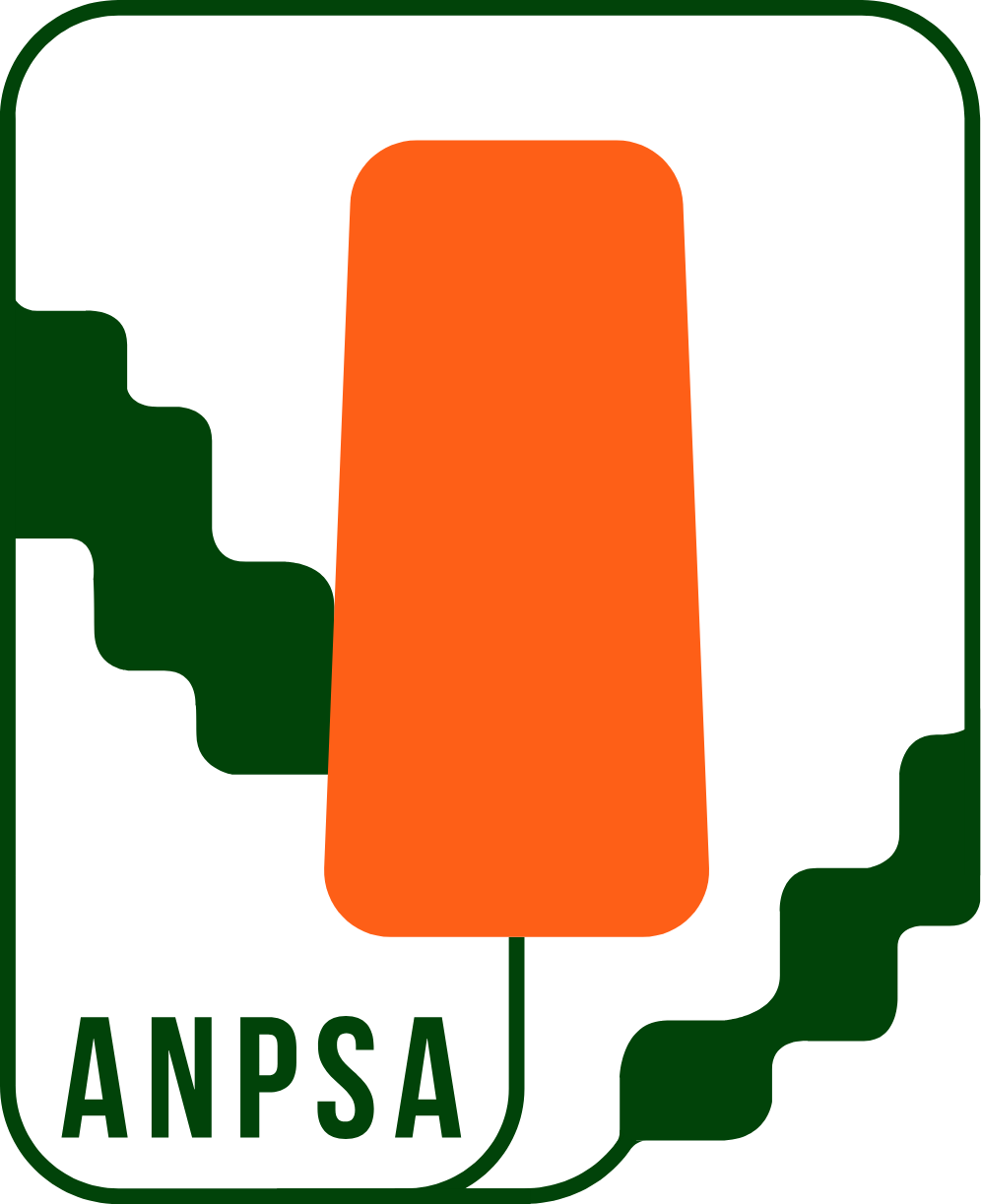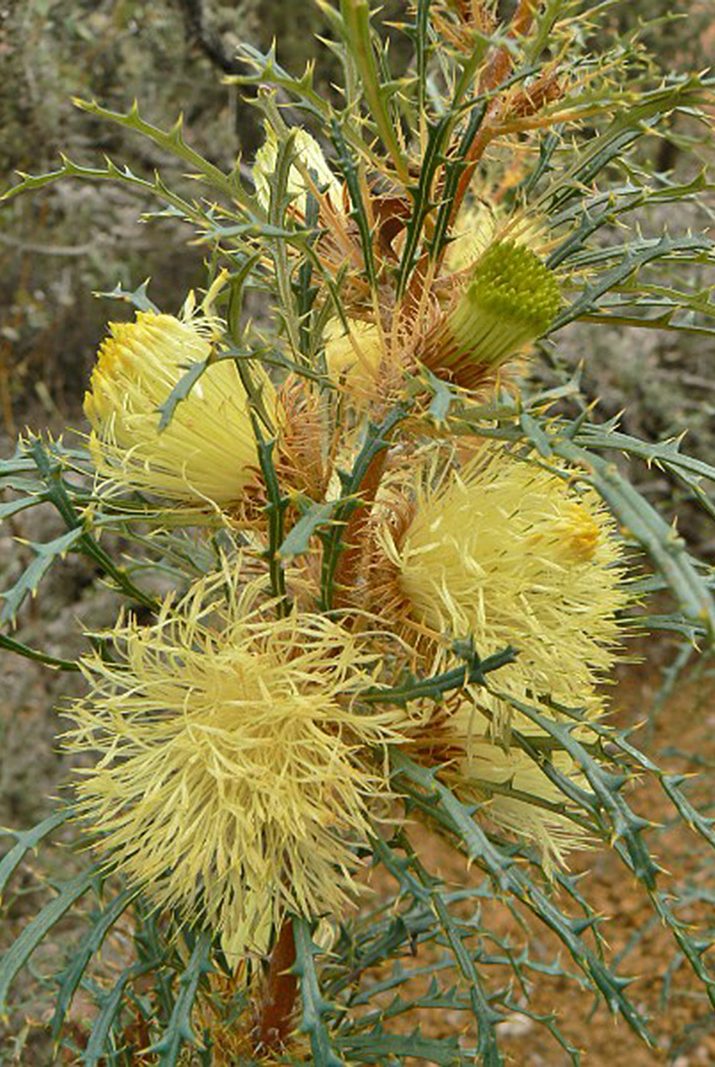Join
Membership of the Dryandra Study Group is available to members of an ANPSA-affiliated Regional Society. If you are not a member of a Regional Society, please contact the Society located in your State or Territory for further information.
For more information on the Dryandra Study Group, or to join, please send a request using the following form (please note that all fields are mandatory* – you may edit the ‘Message’ field if necessary).
Dryandra Study Group Form
Signup form for the Dryandra Study Group that sends a notification to the Study Group leader.
Newsletters
Regular newsletters are published several times per year to record activities and experiences of Group members in cultivating dryandras, keeping up to date on scientific knowledge of the genus and reporting on field trips to various parts of Australia.
Past newsletters are provided as an archive. (Note: Newsletters are in pdf format and will require a PDF Reader to view them. Free readers include Foxit Reader and Adobe Acrobat Reader).
More recent Newsletters will be uploaded about a year in arrears, so that current Study Group members have privileged access to current content.
****Click here to access the Dryandra Study Group Newsletters*****
Dryandra Image Gallery
Dryandras are in the family Proteaceae, closely related to Banksia and are endemic to Western Australia.
Superficially, they resemble, more closely, the South African genus Protea. The main differences between Dryandra and Banksia are the bracts surrounding the inflorescence (involucral bracts) in Dryandra, and the seed-containing follicles that are loosely attached to the flat or slightly curved base (receptacle) in Dryandra rather than deeply embedded in the woody spike or cone in Banksia.
In 2007, Mast and Thiele published a paper that incorporated Dryandra into Banksia. This has been controversial and not universally accepted.
For information on the history, biology and ecology as well as propagation and growing and much more about dryandras, the book The Dryandras by Cavanagh and Pieroni is recommended.
This image gallery contains images of the known members of the genus Dryandra with the Banksia names published by Mast and Thiele in brackets.
Dryandra Plant Profiles
In addition to the Dryandra Image Gallery, detailed profiles of a number of Dryandra species have been incorporated into the Banksia section of the website, which can be found under ‘Plant Guides > Common Plant Genera and Families’ (dryandras are listed there under their Banksia names, with the corresponding Dryandra names in parentheses). Each profile includes a photograph and information on natural distribution, taxonomy, cultivation and propagation.
Click here to view the Dryandra profiles
The Banksia section of the website also covers the characteristics, cultivation and propagation of dryandras and banksias generally, and include references to other relevant resources.
Dryandra Resources
These are a few internet and other resources on Dryandra that might prove useful:
Books:
- Cavanagh A and Pieroni M (2006), The Dryandras, Australian Plants Society (SGAP Victoria) Inc and Wildflower Society of Western Australia Inc. in association with Bloomings Books, Melbourne.
- Elliot, W. R and Jones D (1984), The Encyclopaedia of Australian Plants, Vol.3, Lothian Publishing Company Pty Ltd, Melbourne.
- George, A.S (1984). An Introduction to the Proteaceae of Western Australia, Kangaroo Press, Kenthurst.
- George, A.S (1996). New taxa and a new infrageneric classification in Dryandra R.Br.(Proteaceae: Grevilleoideae). Nuytsia 10(3): 313 – 408.
- Griffin E.A (1985). Studies in the genus Dryandra R.Br. (Proteaceae) 1. Species distribution, ecology and conservation status, Western Australian Herbarium Research Notes, No.11: 1 – 40.
- Sainsbury, R (1984). Field guide to Dryandra, University of Western Australia Press, Nedlands.
- Wrigley, J and Fagg, M (1989), Banksias, Waratahs and Grevilleas, Collins Publishers Australia.
Journals:
Several issues of the Society’s journal “Australian Plants” are particularly useful for those interested in Dryandra.
- Vol 18, No.141 December 1994; “Landscaping with Dryandra” and “A Growing Guide for Beginners”.
- Vol 20, No.160 September 1999; “The ‘Honeypot’ Dryandras”; Dryandra seed germination.
Internet:
- Dryandra Lovers Facebook group
- Cultivation of Dryandra
- Dryandra cladistic classification to Banksia – naming dispute. A personal view from Kevin Collins of The Banksia Farm, Mt Barker, Western Australia.
- The Dryandras – About the Book
- So Dryandra Becomes Banksia – What’s All the Fuss About? A comment on the taxonomy behind the proposed reclassification of Dryandra into Banksia.
- Why dryandras have changed their name. The justification for the transfer of Dryandra to Banksia.
Dryandra or Banksia?
A paper published in February 2007* proposed that the genus Dryandra be subsumed into Banksia. The paper published new names in Banksia for all (then) currently recognised Dryandra species. This revised classification has been accepted by the Council of Heads of Australasian Herbaria and the new names now appear on Florabase (the website for the Western Australian Herbarium) and in the Australian Plant Census
However, the reclassification has not met with universal approval. For example, Alex George, a highly respected authority on both Banksia and Dryandra, strongly opposes the change on scientific grounds. The two opposing views are set out in the following articles:
- You don’t have to call Dryandra Banksia” by Alex George.
- Why dryandras have changed their name by Kevin Thiele.
* Mast A R and Thiele K; The transfer of Dryandra R.Br. to Banksia L.f. (Proteaceae); Australian Systematic Botany, 26 February 2007
ANPSA recognises the Australian Plant Census as the authority on plant names and, accordingly, the revised classification has now been adopted on the ANPSA website. However, ANPSA’s Dryandra and Banksia Study Groups both regard the two genera as separate and, for this reason, the original Dryandra names are used by the Dryandra Study Group.
Regardless of this scientific re-classification, dryandras are quite distinctive horticulturally and will undoubtedly continue to be called dryandras in common usage.
 Australian Native Plants Society (Australia)
Australian Native Plants Society (Australia)